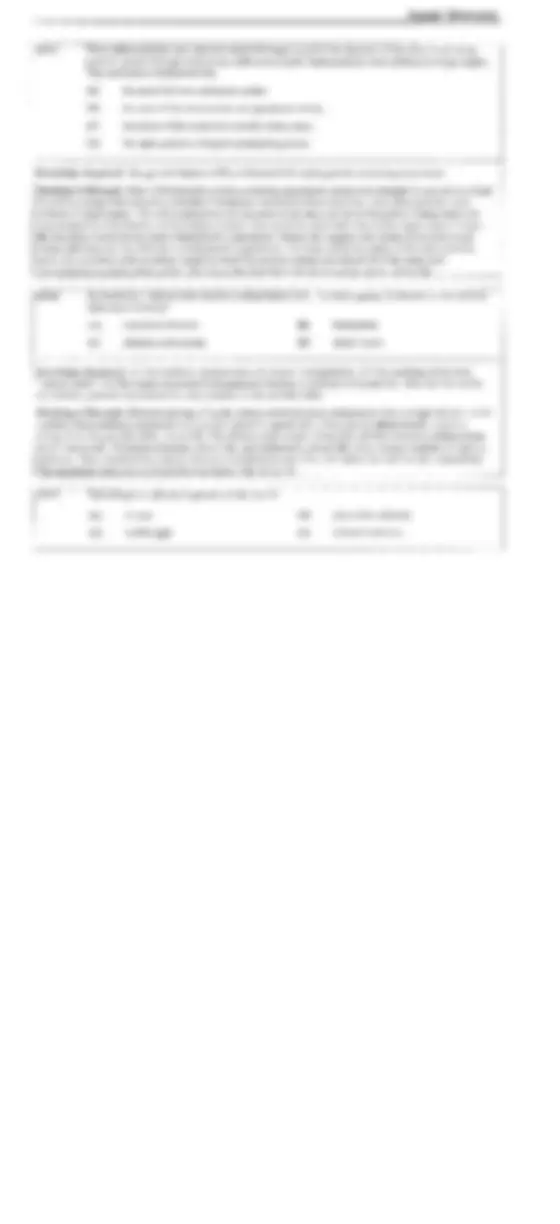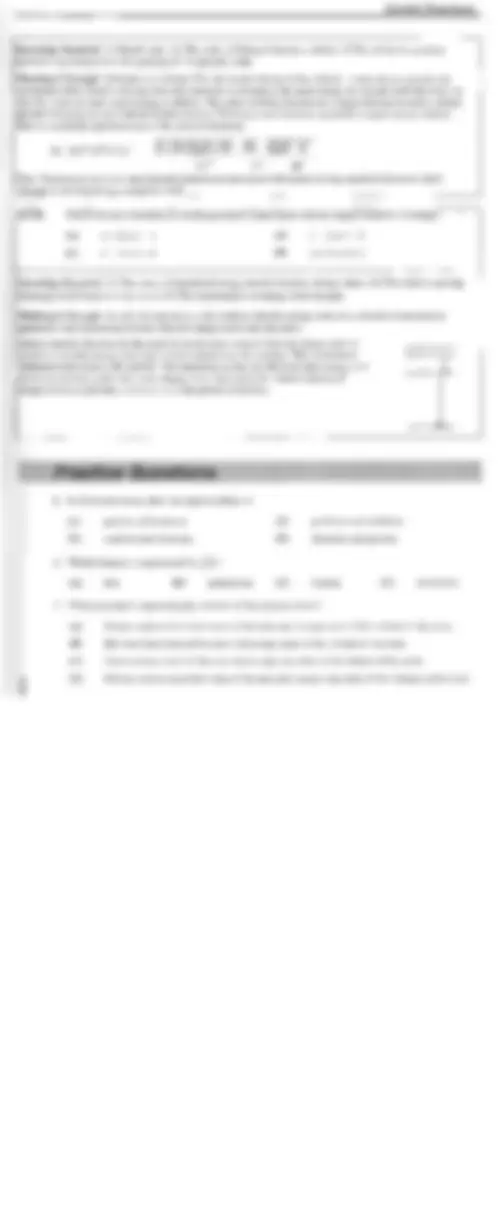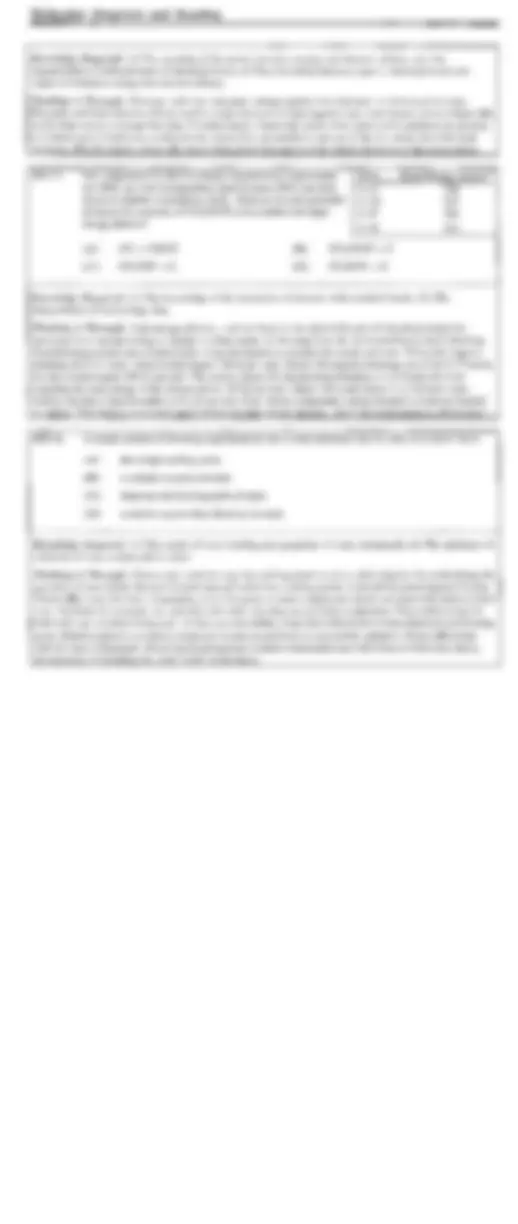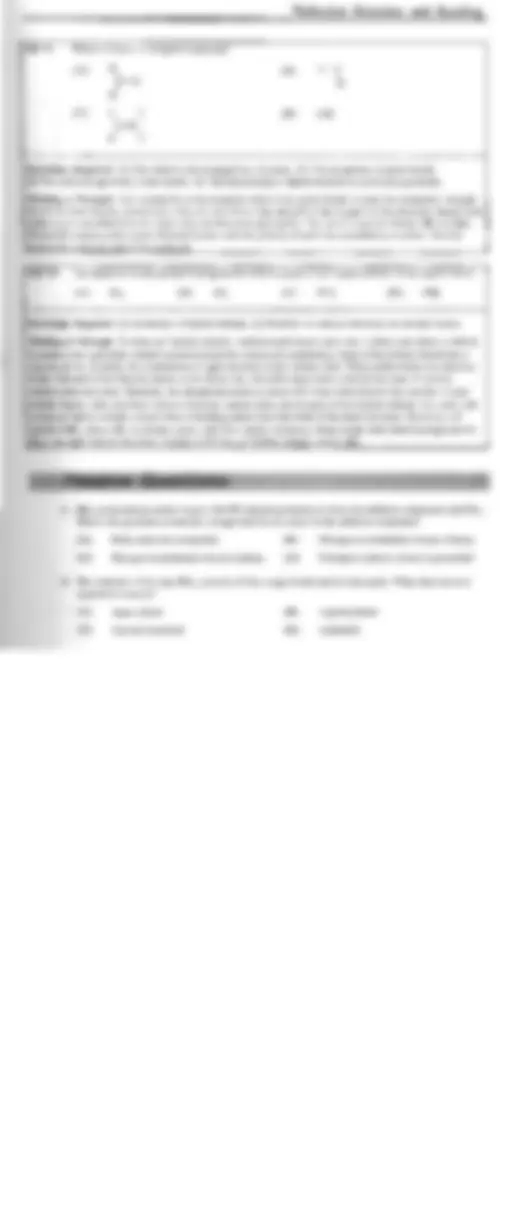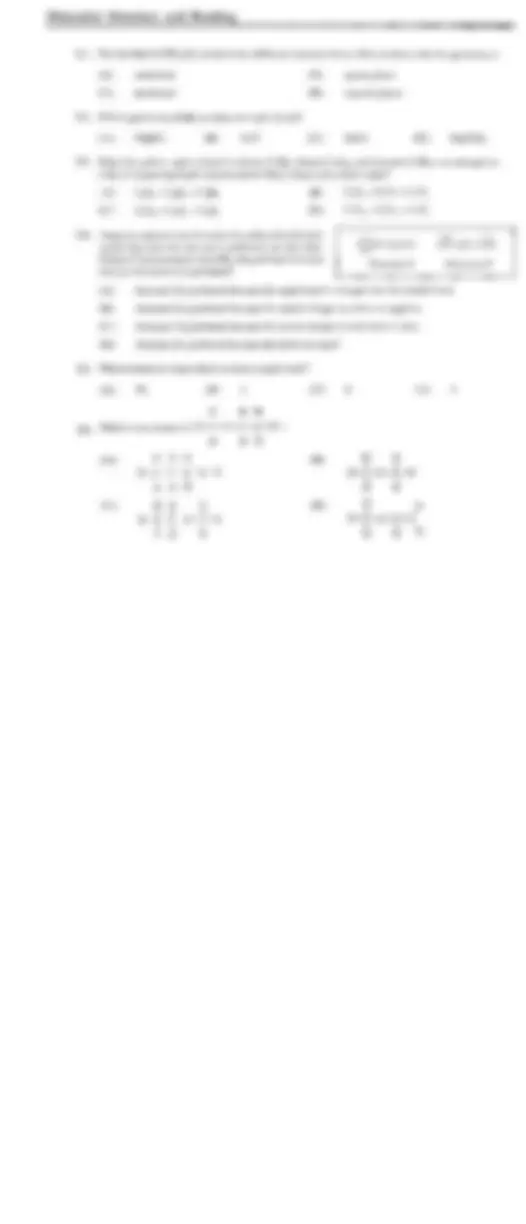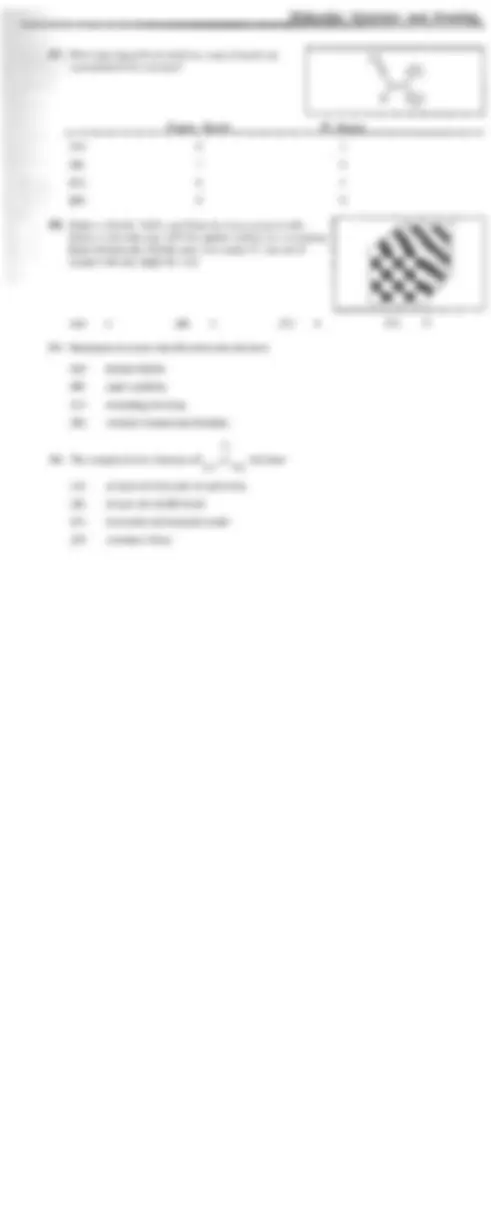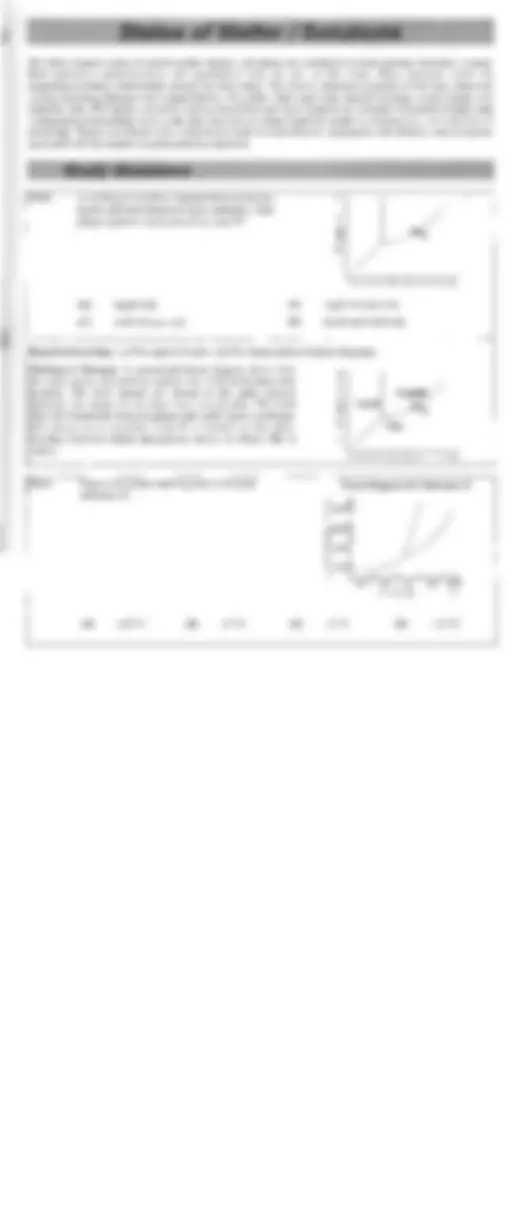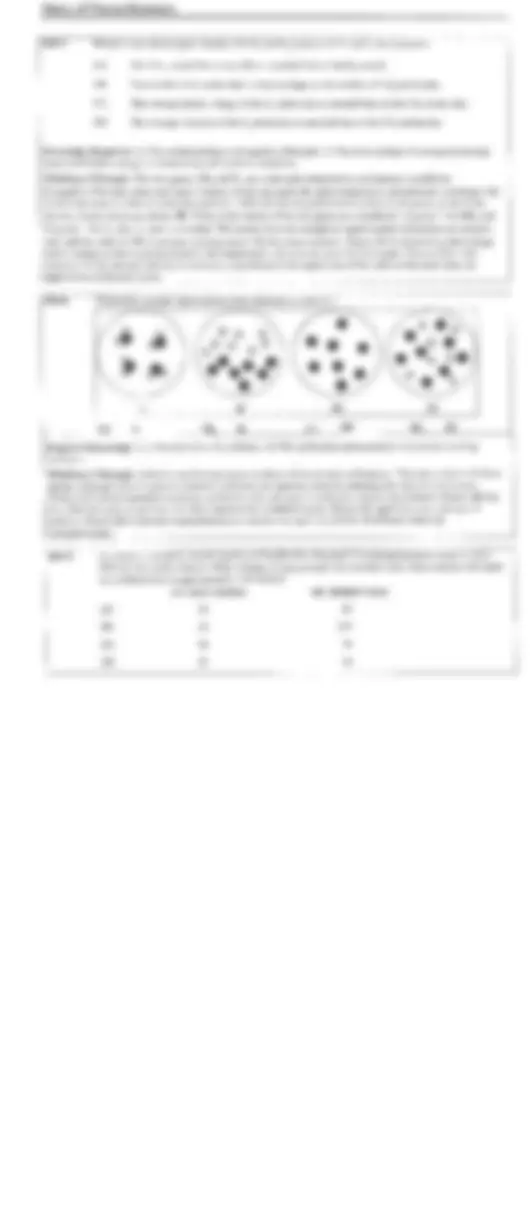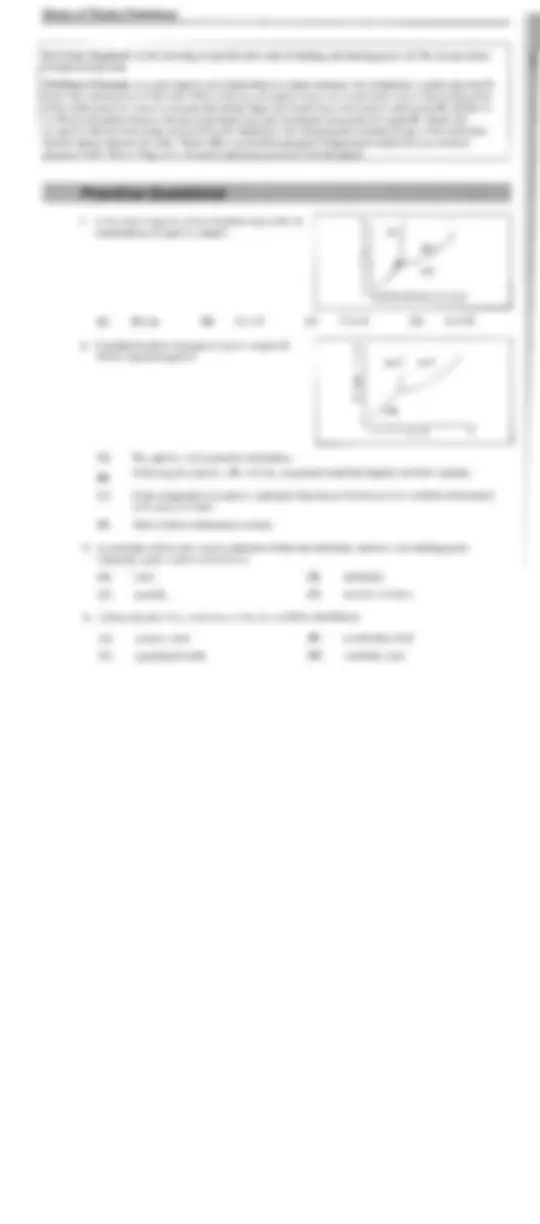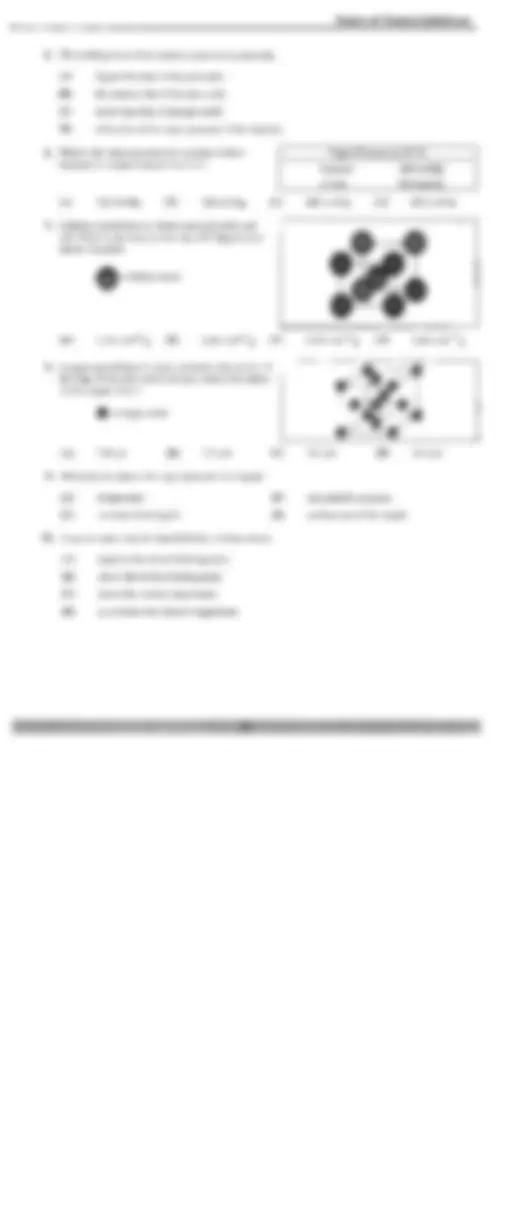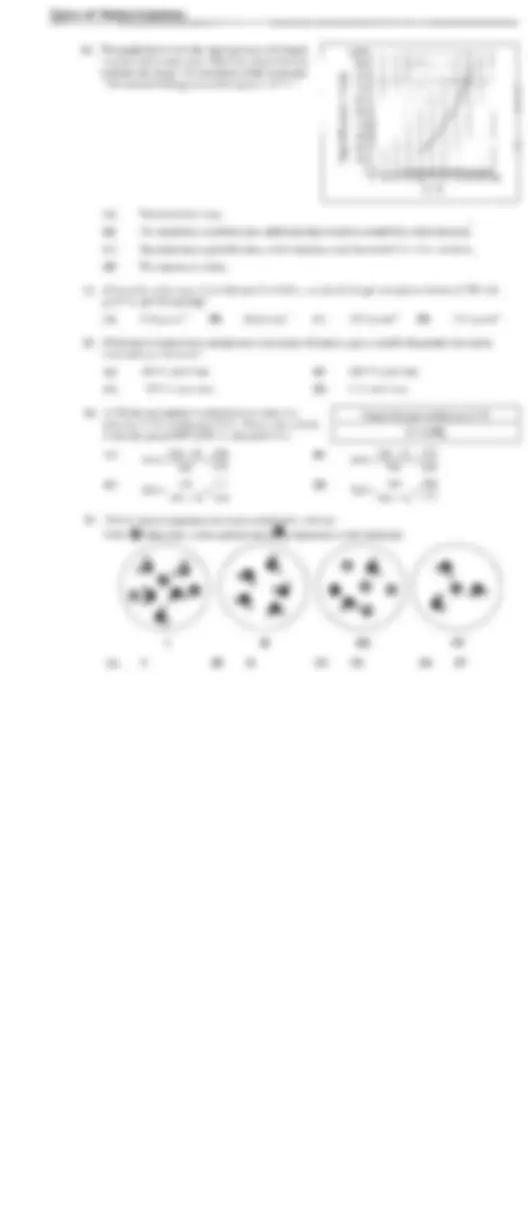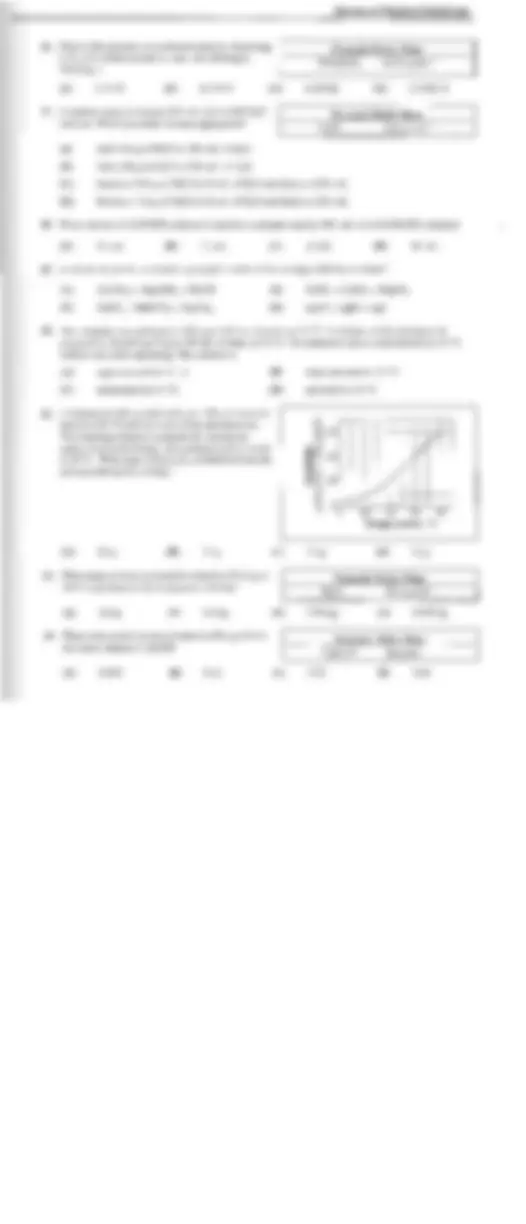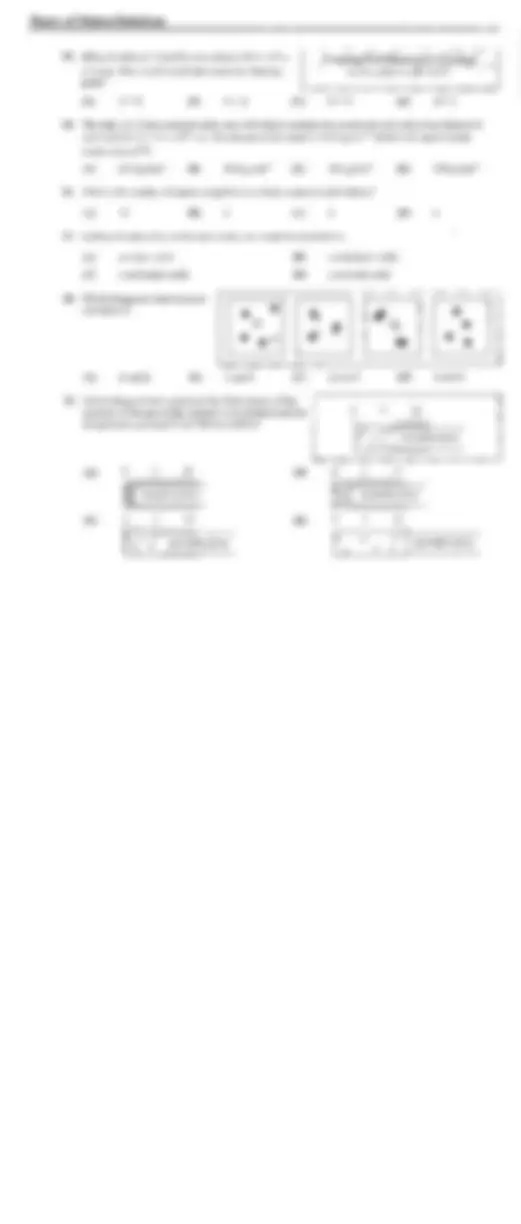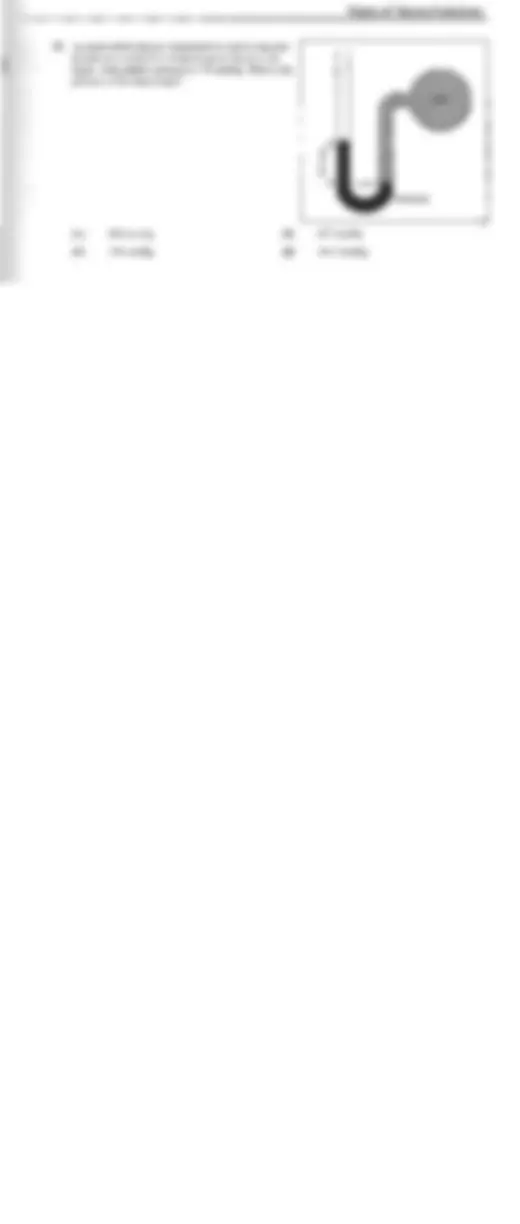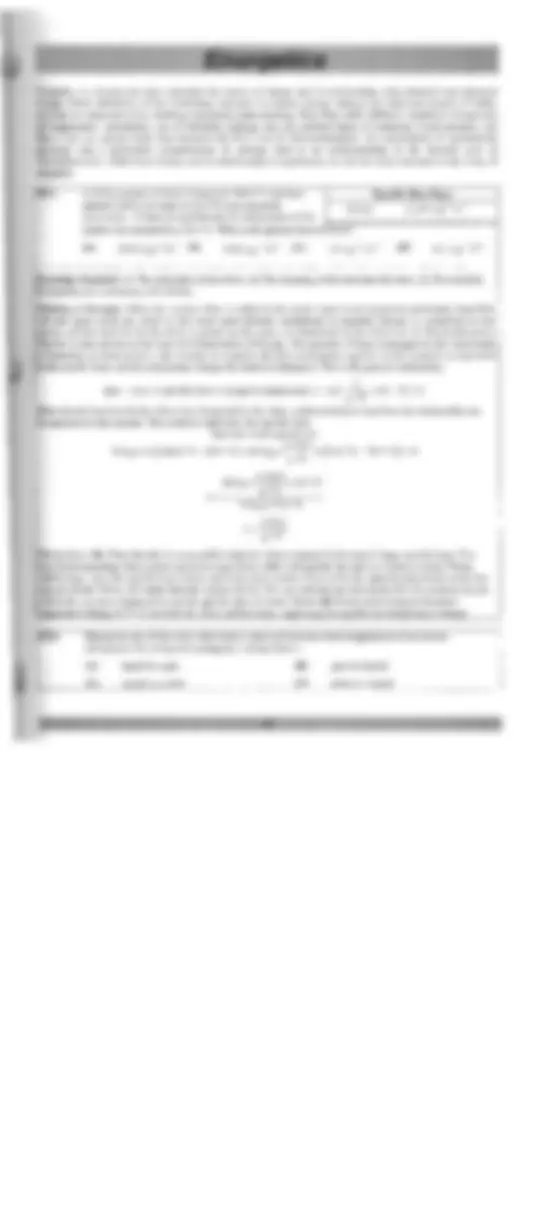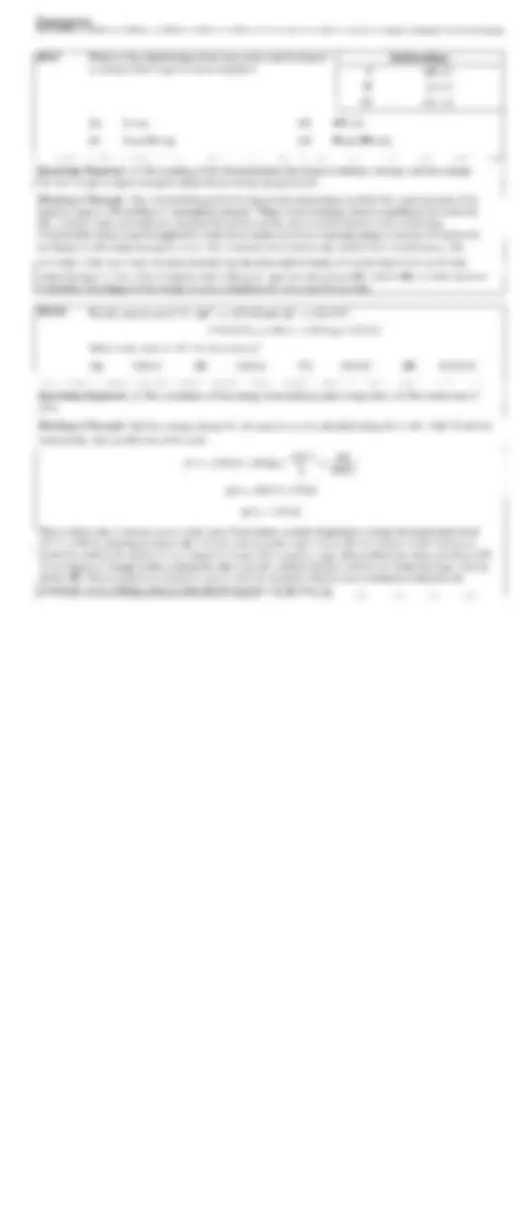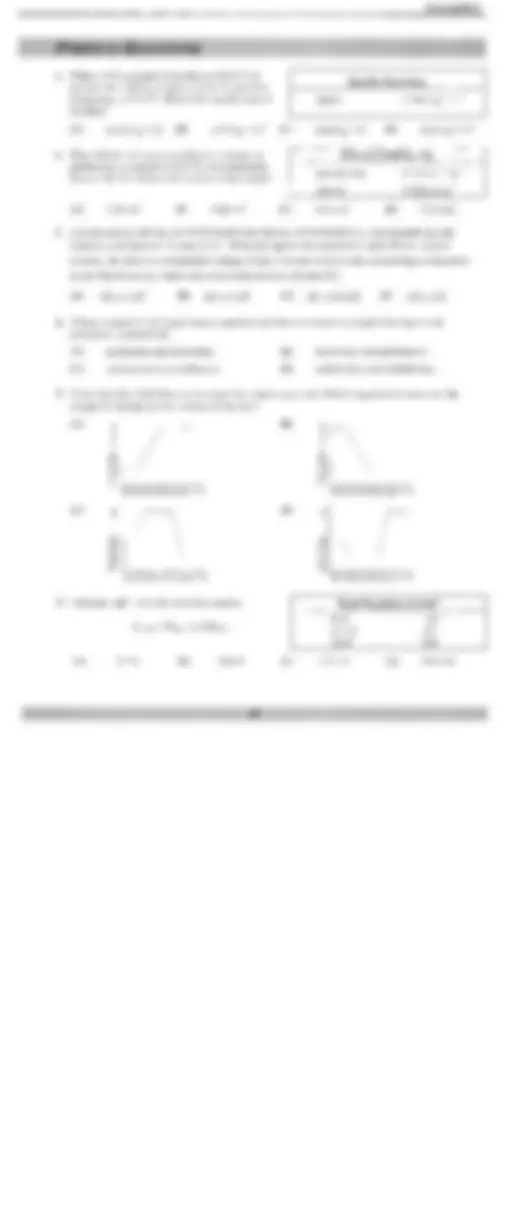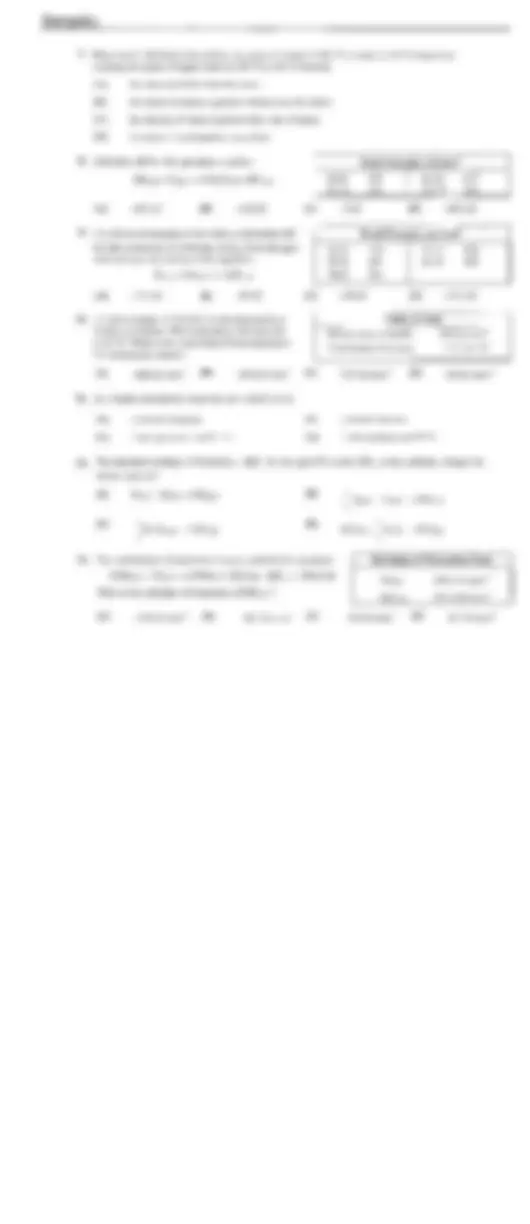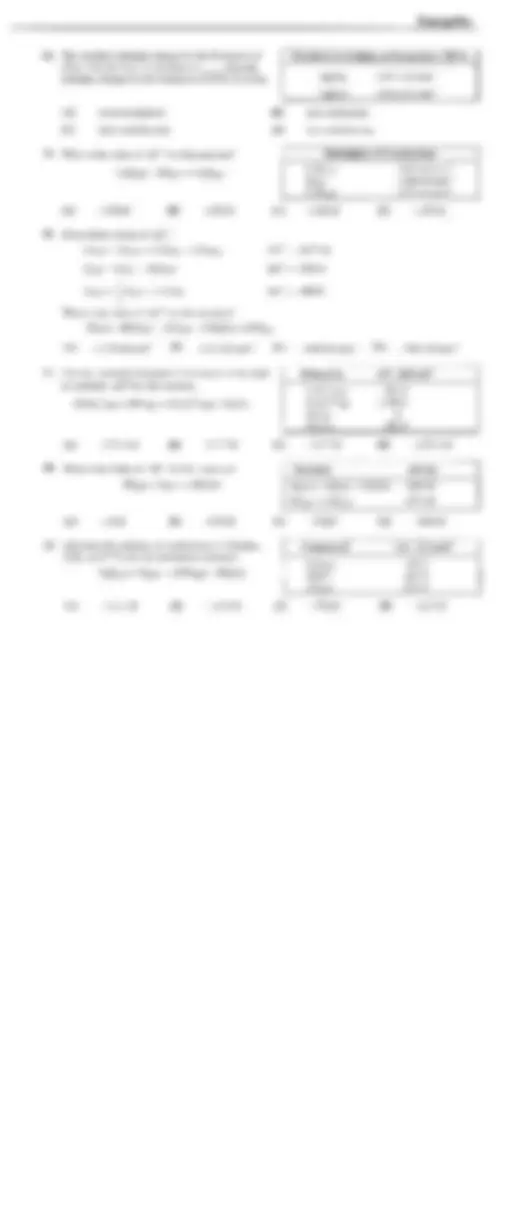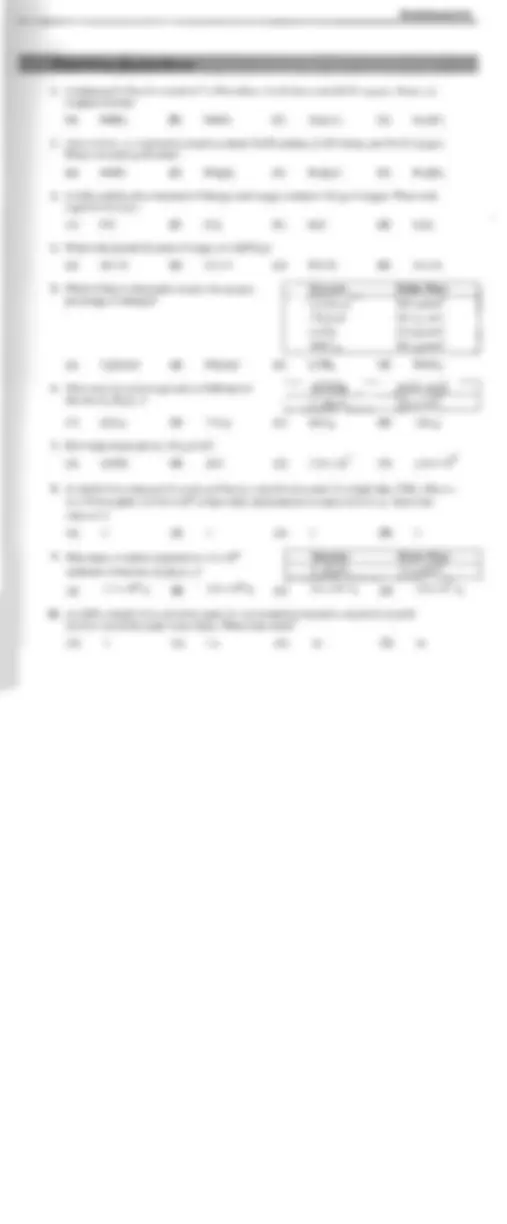Partial preview of the text
Download exercises in chemistry course and more Exercises Chemistry in PDF only on Docsity!
The section of the general chemistry course that deals with atomic structure is designed to describe in qualitative terms the current understanding of the fundamental structure of all matter, Here, atoms are introduced as the basic building blocks of matter, The composition of the atom is described. Frequently, the fundamental experiments that led to the discovery of electrons, protons, and neutrons are laid out in some detail. The development of quantum mechanics enabled chemists to describe electron energies and locations outside the nucleus more accurately than was possible with the planetary model for the atom. The meanings and implications of quantum numbers, photons, electromagnetic radiation, and radial probability distributions are central to describing the atom in terms of quantum mechanics. Other central ideas include the aufbau principle and the uncertainty principle. Symbolic representations of atomic structure and three-dimensional representations of electron probability regions enable chemists to deal with the behavior of atoms in terms of current atomic theory and to communicate chemical information more clearly. * ‘Study Questions AS-1, An atom of strontium-90, Sr, contains (A) 38 electrons, 38 protons, 52 neutrons. (BY 38 electrons, 38 protons, 90 neutrons. (© 52 electrons, 52 protons, 38 neutrons. () 52 electrons, 38 protons, 38 neutrons. Knowledge Required: (1) The symbolic representation of isotopes, with the atomic number of an element written as a left-hand subscript, the mass number written as a left-hand superscript, and the ionic charge (if any) written as a right-hand superscript. (2) The fact that the mass number is the sum of the number of protons and neutrons. Thinking tt Through: The atomic number of 38 indicates 38 protons, eliminating choice (C). This is a neutral atom, so there are also 38 electrons, eliminating choice (D). The mass number of 90 for strontium eliminates choice (B), which corresponds to a mass number of 128. The correct number of neutrons is found by subtracting the atomic number (38) from the mass number (90) giving a value of 52, which is found in choice (A). Note: There is redundant information in this question; the term “strontium-—90” gives the same information as the symbolic Tepresentation, 3¢Srif you know the symbol for strontium and can find its atomic number on the periodic table. AS-2. What do these have in common? Ne Wp * yg? (A) the same number of protons (B) the same number of neutrons ©) the same number of electrons {D) the same size 
